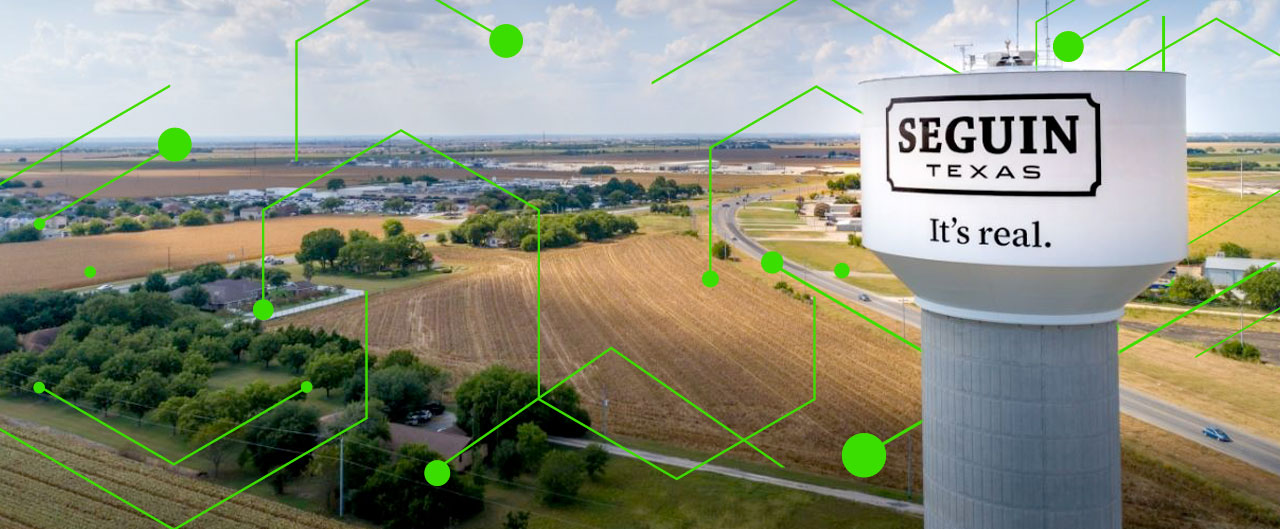There are two main industries driving the need for digital video storage: film and law enforcement. Of those two is it law enforcement that most closely mirrors the everyday usage of enterprises and SMBs.
Police departments process a tremendous amount of daily video footage. This footage comes from a variety of sources such as patrol cars, body cams, interrogation rooms, jailhouse monitoring, crime scenes, and even parking lot cameras. Along with time spent on processing the footage there is also a lot of work that goes into digital video storage and management. Strict processes are required to guarantee needed footage is considered admissible in court.
Similar to police departments, enterprises are generating and storing massive amounts of video and other digital data. Industries like healthcare, biotechnology, government, and information technology rely heavily on digital video storage. As this need grows, existing infrastructure is reaching capacity causing businesses to look for new and better options, like the cloud.
The rise of big data, staying connected, virtual desktops, and the Internet of Things are also contributing to the growing need for digital video storage. This rapidly growing need is a significant factor driving IT infrastructure change. Digital video storage needs are forcing enterprises to broaden their infrastructure and recalculate budgets.
3 factors leading infrastructure change
The 2018 State of Infrastructure, explains the three factors leading this infrastructure change:
- Growth of storage and data
- Need to integrate with cloud services
- Inhibitors to infrastructure modernization.
In the report, 150 technology professionals involved in purchasing network, storage, servers, and data center technology were interviewed. The size of the companies interviewed ranged from SMB to enterprise level.
Here is a breakdown of the top three factors affecting infrastructure change.
Factor 1: Growth of storage and data
The growth of data and the need for more storage is the most significant factor driving IT infrastructure change according to 55% of those who surveyed in the report. Each quarter enterprises are seeing incredible amounts of new data generated. 51% of those surveyed stated they are currently using 1 Terabyte all the way up to 99 Terabytes to store data under active management.
Factor 2: Need to integrate with cloud services
Cloud storage services are becoming a core part of enterprise digital strategies. An example provided by the report was Integrated Logistics, a logistics broker, who moved to an almost entirely cloud-based infrastructure. Moving to the cloud gave them more room to grow without needing to buy new servers or hardware. Without expensive hardware and equipment expenditures they’ve been able to grow, while also saving a lot of money.
Factor 3: Inhibitors to infrastructure modernization
Along with the trends for moving forward, there are also challenges to that growth. Some of these challenges for digital video storage trends are budget constraints, a wide gap in skill sets, and cybersecurity concerns.
The top three inhibitors to modernizing infrastructure according to the report are:
- 62% – Implementation concerns
- 46% – Lack of staff expertise
- 43% – Cybersecurity concerns
Keeping up with the need
It’s clear that the need for digital video storage is growing faster and faster. Contact your MSP and ask to speak to their digital storage experts. Don’t let your enterprise or SMB run out of space and fall behind the curve.





